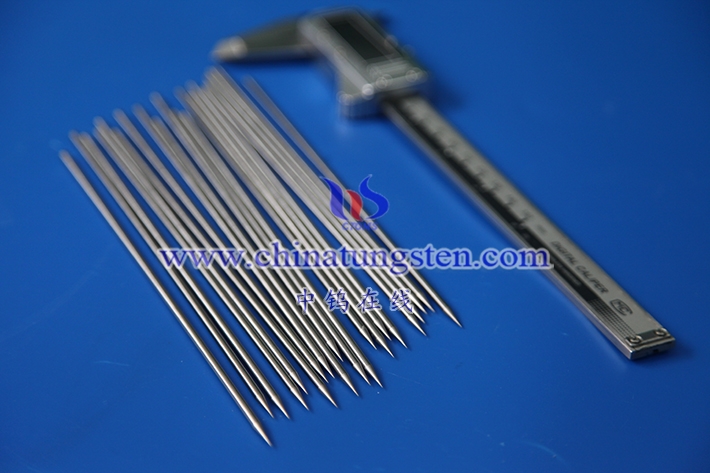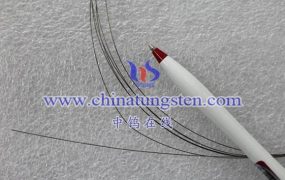
Tungsten is a good conductor of electricity, but it is not as good as some other metals such as copper or silver. The electrical conductivity of tungsten depends on a number of factors, including its purity, temperature, and the presence of impurities or other alloying elements.
In general, pure tungsten has a resistivity of about 5.6 x 10^-8 ohm-meters at room temperature, which corresponds to a conductivity of about 18% of the conductivity of copper. However, as the temperature increases, the resistivity of tungsten also increases, which means that its conductivity decreases.
Tungsten alloys, such as tungsten carbide or tungsten-rhenium, may have different electrical conductivity values depending on their composition and processing methods. In addition, the electrical conductivity of tungsten needles may be affected by their diameter and shape, as well as any coatings or treatments that are applied to their surface.
Overall, tungsten is a good conductor of electricity, but its electrical conductivity is lower than that of some other metals. Nonetheless, tungsten is still commonly used in applications that require high strength, high temperature resistance, and good electrical properties, such as in electronics, welding, and electrical contacts.






